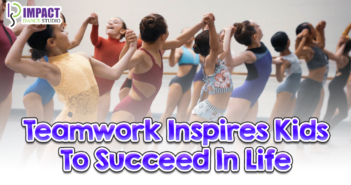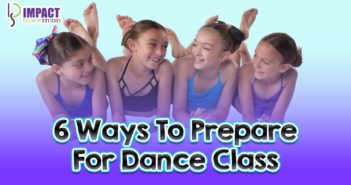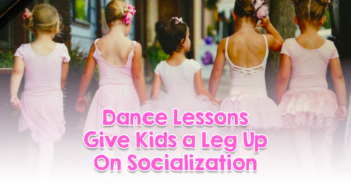Did you know movement greatly stimulates the brain? Current research shows that both sides of the brain must develop and work together to reach maximum cognitive learning. Most importantly, early childhood is the prime period for this development. The right side of the brain favors creativity and feelings, while the left side organizes logical skills and language. While dancing, the whole brain is activated, therefore increasing memory and communication.
- Challenges Your Brain
If you’ve ever tried tap dancing, then you know exactly what we mean by dance challenging your brain. The brain power you need to access for dance specifically requires you to focus on both the constant changing of movement and recalling moves and patterns. This is an excellent form of mental exercise for your mind, regardless of your age.
- Improves Mood, Lowers Stress & Anxiety
A growing number of researchers have proven that, while dancing, an abundance of mood-improving chemicals are released within the body of the dancer. According to research carried out by The Arts in Psychotherapy, when unleashed, these chemicals help improve one’s mental state; even one “lively” session of dance can reduce depression.
- Encourages Creativity
No matter the style, dance encourages children to be more creative and to express themselves in many ways. By encouraging creativity and imagination, children learn to build trust, effective relationships, and how to think critically. Early childhood is the best period for the development of creativity, and creative problem solving will serve your child for life.
Our teachers firmly believe education and creative movement go hand in hand. While still following the dance curriculum, it is easy to ask educational question, sparking constant cognitive learning.
Check out this list of questions our teachers ask on a daily basis!
- What color is this hula-hoop?
- What shape is this mat?
- Why is it a square?
- How many dancers do we have in each line?
- Are there an equal, or same amount, of dancers in each line?
- How do we fix that to make it equal?
- Four marches plus 4 hops equal how many steps all together?
- How can we dance in different directions?
- What does it mean to move forward? Sideways? Backwards? Diagonally?



